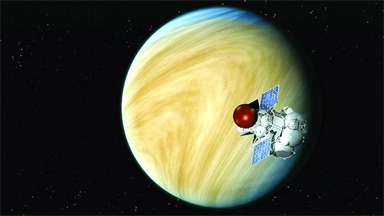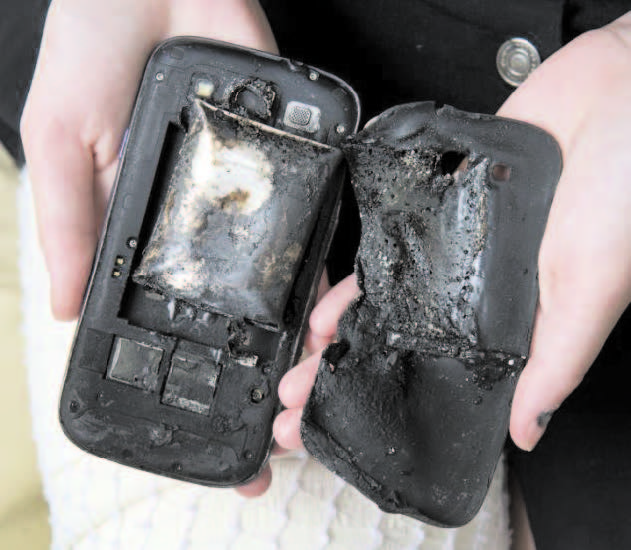
The Indian Space Research Organisation (Isro) is gearing up for one of its most challenging missions yet – Shukrayaan-1, a planned orbiter to Venus. This ambitious project aims to unravel the mysteries of Earth’s enigmatic neighbour, but the harsh Venusian environment poses extreme challenges that make it a potential suicide mission for spacecraft.
Venus, often called Earth’s “evil twin,” is a world of extremes. Venus’s surface temperature soars to a scorching 475°C, hot enough to melt lead. The planet’s atmosphere is a toxic cocktail of carbon dioxide and sulphuric acid, with crushing pressures 92 times that of Earth at the surface.
These conditions make Venus an engineering nightmare. Spacecraft designed for Venus must withstand temperatures that can destroy standard electronics and materials. The intense atmospheric pressure can flatten landing craft, requiring reinforced designs akin to deep-sea submersibles.
The corrosive nature of Venus’s atmosphere presents another significant hurdle.
Sulphuric acid clouds eat away at standard materials, necessitating special protective coatings for any equipment sent to the planet1. This corrosive environment severely limits the lifespan of missions, with past landers surviving for mere hours on the surface.
Shukrayaan will focus on orbital observations, avoiding the extreme surface conditions.
The mission plans to investigate Venus’s surface processes, subsurface stratigraphy, and atmospheric composition.




Be the first to comment